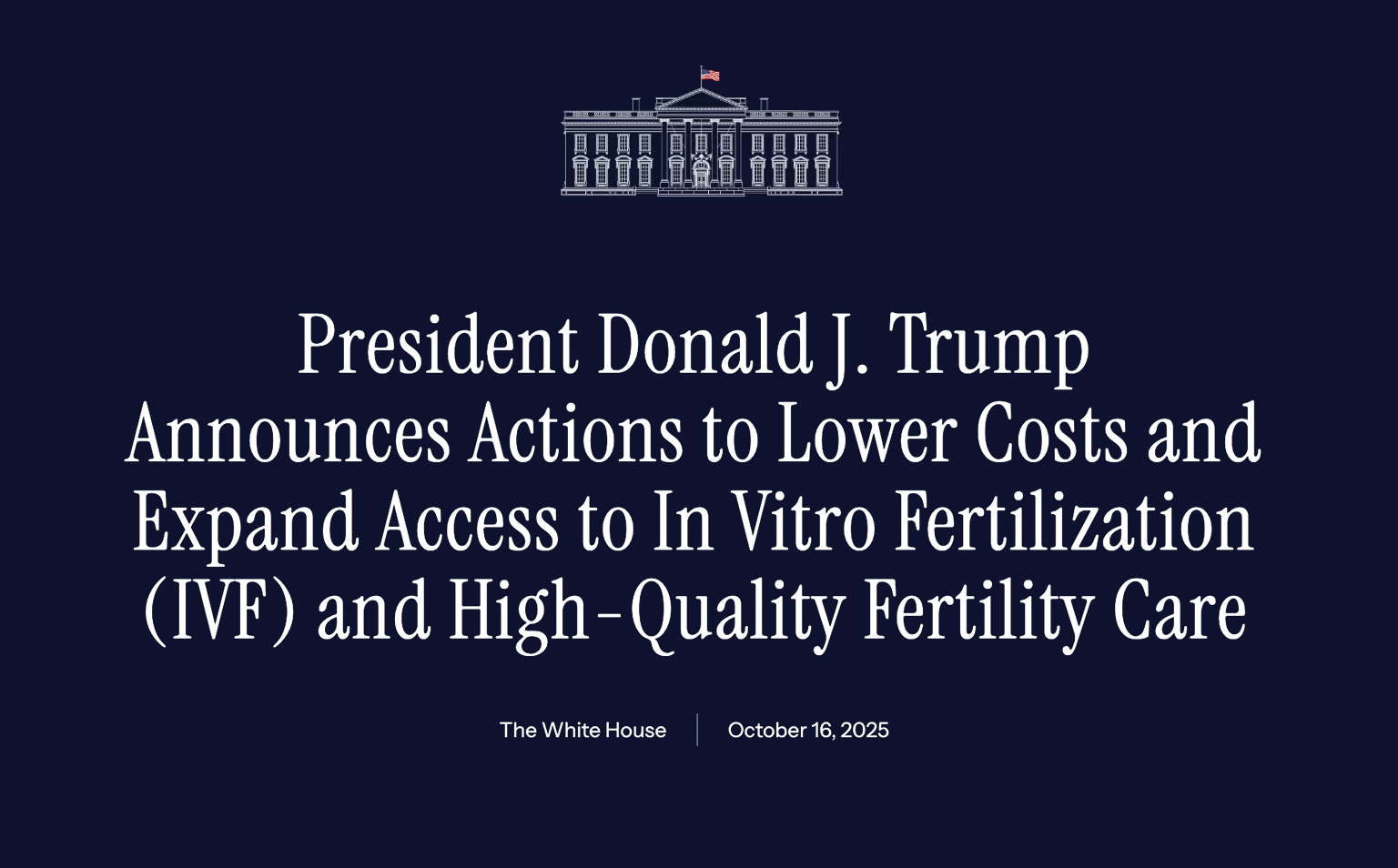The Asia Pacific Initiative on Reproduction (ASPIRE), a society of clinicians and scientists focused on improving knowledge and promoting awareness of assisted reproductive technology (ART) and infertility-related services in the Asia Pacific (APAC) region, hosts an annual Congress of ASPIRE meeting. This spring, Carrot attended the first-ever virtual meeting to keep abreast of updates that help us to provide the most up-to-date guidance on the best possible family-forming options for our members.
Fertility specialists and researchers from more than 100 countries attended sessions presented by renowned experts from more than 20 countries within the APAC, European, and North American regions. Here are a few takeaways from key sessions.
1. Opportunities for artificial intelligence (AI) in ART
Haroon Latif, MS (Clinical Embryology), MBBS, embryologist at Lahore Institute of Fertility and Endocrinology in Pakistan, shared how AI can potentially reduce the overall cost of treatment and make ART more accessible. A majority of ART laboratory procedures require visual assessments, which are subjective. AI can help make processes like choosing high-quality sperm, eggs, and embryos for transfer more consistent, Latif said.To demonstrate, Latif presented NaturaLife, a desktop medical device that can perform non-invasive genetic embryo testing and egg and embryo freezing using AI. Latif also hopes the more portable nature of devices like NaturaLife will help make ART more accessible for more people.
Latif stressed that AI will not replace embryologists. Rather, he believes that overall demand for embryologists will increase due to the eventual increased uptake of more accessible and affordable ART treatments that include IVF procedures. He also predicted that AI will be used to improve and standardize embryo assessments with an eventual growing demand for automated egg and embryo freezing systems.
Carrot continues to monitor groundbreaking developments in ART, such as the adoption of AI by clinics and latest research findings of AI in ART, and opportunities to make fertility care more accessible for our members in a variety of locations.
2. Strategies to reduce the overall cost of ART treatments
Over the course of 40 years, the ART field has introduced more sophisticated technologies in the IVF laboratory and advanced medications for ovarian induction and stimulation. However, the cost of ART treatment remains high. In low and middle-income countries such as those within certain parts of South Asia and Southeast Asia, there has been a strong interest globally in reducing the cost of ART treatments and ultimately widening accessibility to countries with limited resources.
Rashida Begum, PhD, founder of Infertility Care and Research Centre in Bangladesh, presented multiple strategies that fertility providers can (and often do quickly) adopt to reduce the overall cost of assisting those with fertility problems while ensuring low risk, effective practices. One solution suggested is to adopt techniques that could decrease setup and lower laboratory costs. Begum mentioned two systems that have gained interest within low-resource settings:
- The Walking Egg utilizes a simplified test tube system rather than a classical gas-infused incubator for the fertilization process. This system adapted NICU baby incubators to function as sterile fields with an integrated microscope for creating embryos.
- INVOcell is a small cylindrical device that is utilized for the fertilization process and the process of incubation that occurs within the vagina rather than within a standard laboratory incubator.
More research is needed before we know whether these new technologies will be effective — and cost-effective — enough to increase access to ART. At Carrot, we strive to make high-quality fertility care affordable and inclusive for everyone by not only working with employers to remove the financial barriers of fertility care but by also staying up-to-date on the latest innovations that aim to widen access to ART treatments for our members.
3. Understanding the decision-making and behavioral changes of fertility patients in APAC amidst COVID-19
Ho Manh Tuong, MD, director of HOPE Research Center in Vietnam, presented findings from a regional patient experience survey that was conducted among patients from selected countries in the APAC region. This regional survey was conducted to understand the decision-making and behavioral changes among patients seeking fertility treatment amidst COVID-19. Overall, people undergoing or considering IVF are very likely to start treatment this year and next year if clinics are functional:
- Among 800 people undergoing ART treatments, on a regional level, there is a 99% likelihood of resuming treatment this year and 98% likelihood of resuming treatment next year if clinics are functional.
- Among 798 people considering ART treatments, on a regional level, there is a 97% likelihood of starting treatment this year and 99% likelihood of starting treatment next year if clinics are functional.
Carrot continues to monitor the COVID-19 situation globally and tracks clinic operations that might affect our members who are seeking care in the 55+ countries where we operate.
Overall, the 10th ASPIRE Congress successfully accomplished its goal of sharing knowledge about the latest treatments and research findings. We’re looking forward to taking these important insights and key developments and applying them to how we support our members.














